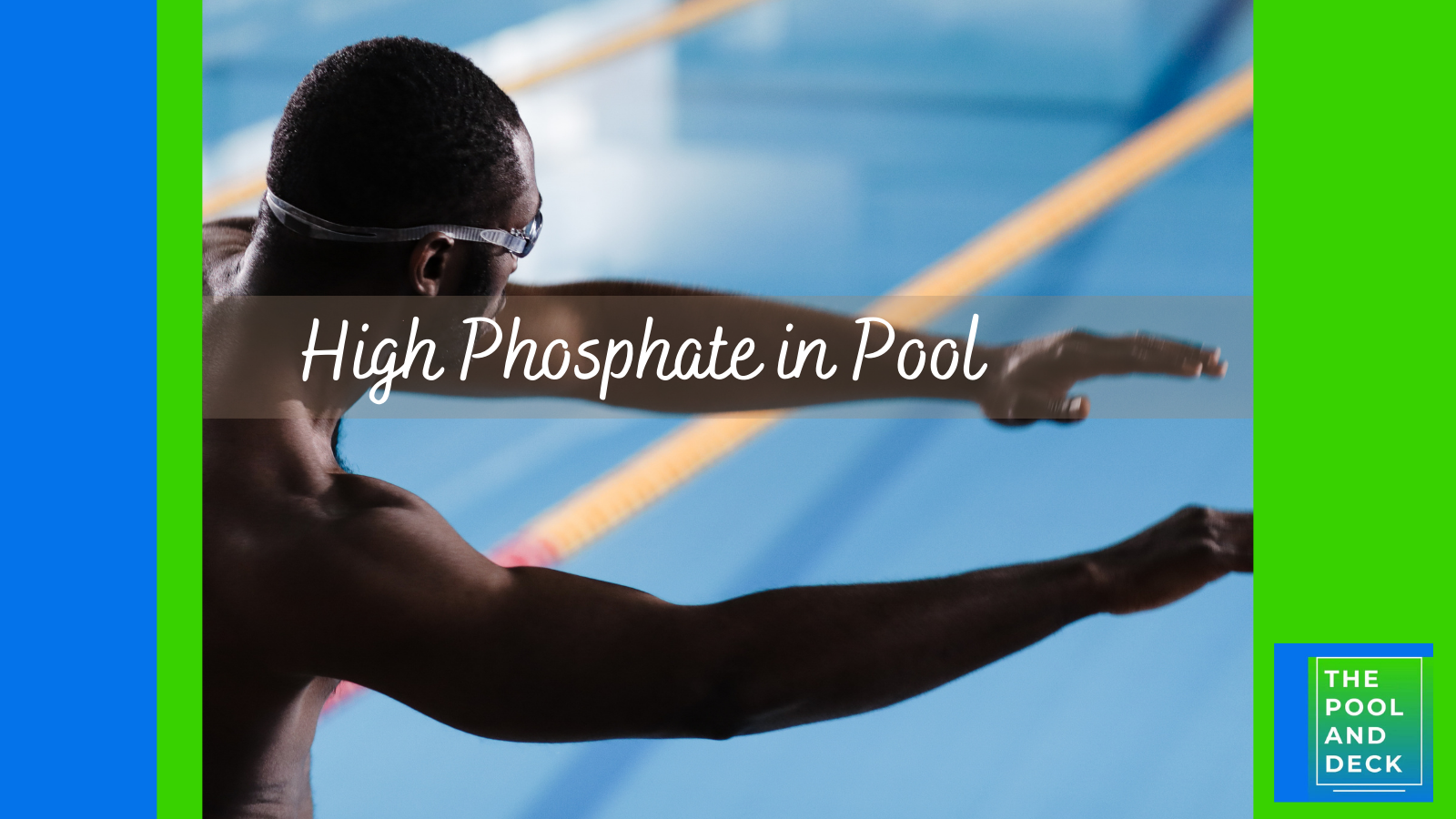When to Use Pool Clarifier? The Best Guide for 2025!
As an Amazon Associate, I earn from qualifying purchases.
Are you wondering when to use pool clarifier to achieve a crystal-clear pool? If your pool is mildly cloudy, especially after shock treatment, it is because of microscopic particles suspended in the pool water.

Running the pool filtration system alone may not work. The particles may be too small for the filter to trap. That’s where a pool clarifier comes in, making those particles clump together for easy filtration.
Table of Contents
What is a Pool Clarifier?
A pool clarifier is extremely useful if you have a mildly cloudy pool. A mildly cloudy pool, as opposed to a heavily clouded pool is when the cloudiness is not so severe that you can not even see the pool bottom.
Basically a mildly cloudy pool has gazillions of microscopic contaminant particles suspended in the water. They are large enough to cause cloudiness but too small to be trapped by the pool filtration system.
| Filter Type | Typical Particle Size Trapped |
|---|---|
| Sand Filters | 20 to 40 microns |
| Cartridge Filters | 10 to 20 microns |
| Diatomaceous Earth (DE) | 2 to 5 microns |
This is where a pool clarifier can be extremely helpful in returning the milky pool water to a crystal-clear status. Pool clarifiers make the microscopic particles clump together, form larger clusters that can then be captured by the pool filter.
As an example if the particle size is less than 10 microns a sand filter will not be able to trap them. A pool clarifier will make several particles clump together so that each is larger than 20 microns. Now, the sand filter can trap them resulting in a crystal-clear pool.
When to Use Pool Clarifier?
The use of a pool clarifier becomes necessary when no amount running the pool filtration system can return your mildly cloudy pool to clarity. This is a sure indication that the filtration system is struggling to capture the contaminant particles.
This happens when the suspended particle size is smaller than the capillary size of the filter. As explained above different types of filter have different filtration specifications.
As a result you are more likely to need assistance from a pool clarifier in case of a sand filter than, say, a DE filter.
It is important that you use a pool clarifier only after shocking the pool. Shock treatment of the pool, an activity that you should perform at least once a week, is a quick and effective way of neutralizing both organic and non-organic contaminant buildup.
It is quite common to observe milky pool water after shock treatment. Although unsettling, this temporary haziness is generally harmless, indicative of the treatment’s efficacy.
What is floating in you pool water are particles of neutralized contaminants!
Typically, the pool should clear up after running the pool filtration system for 2 – 3 hours. However, if this does not happen you need assistance from a pool clarifier.
Best Pool Clarifier
I recommend using HTH 67023 Super Clarifier. It helps you maintain a crystal clear pool all summer! It works by combining small contaminants in your pool into larger ones so your filter can trap & take them out. Use this clarifier once a week, after shock treatment. The recommended dose is 1 ounce per 5,000 gallons of pool water.
Does not affect pool’s pH levels; Improves filter efficiency to remove dead algae and organic debris; Fast-acting, concentrated formula.
Continue running the pool filtration system. In 2 – 3 hours your pool should be sparkling clear and ready to dive in.
KEY TAKEAWAYS
- Use a pool clarifier after (not before) weekly shock treatment.
- Hazy water post-shock indicates treatment effectiveness.
- A Pool Clarifier is needed if the filtration system can’t clear mildly cloudy water.
- Filter types affect the need for pool clarifier. Sand filters are more likely to need it.
- Typical recommended dose: 1 oz per 5,000 gallons.
Useful Information on When to Use Pool Clarifier
Here is some additional and useful information on when to use pool clarifier:
Selecting the Right Pool Clarifier
Generally speaking enzyme based pool clarifiers are better than traditional pool clarifiers. Here are the benefits.
- Efficient Cleaning: Enzymes act as catalysts to break down non-living organic materials like grime and debris, making pool cleaning more effective.
- Enhanced Sanitization: Enzymes target non-living organic pollutants, aiding sanitizing chemicals like chlorine in their job, thereby improving water quality.
- Versatile Functionality: Enzymes serve as effective clarifiers, stain removers, and foam preventers, contributing to overall pool maintenance.
- Cost Savings: Regular use of enzyme products helps prevent costly repairs or replacements by reducing the need for filter cleaning, oxidizer treatments, and equipment maintenance.
- Comfortable Experience: With enzyme-based clarifiers, pool visitors can enjoy clean and clear water, ensuring a comfortable swimming and soaking experience without worrying about pollutants or debris.
Adding the Pool Clarifier
Add the correct dosage as recommended by the manufacturer based on pool size. You can add directly in the skimmer or in the pool based on your convenience. Run the pool circulation system to mix evenly and for effective particle clumping and filtration.
Pool clarifier should be added 4 – 12 hours after shock treatment and addition of algaecide.
Guideline
- Do not add pool clarifier if the pool water is clear
- Add pool clarifier only if the pool water is mildly cloudy
- Add pool flocculant (not clarifier) if the pool water is heavily cloudy and vacuum
Safety and Compatibility
Pool clarifiers are safe when used correctly, compatible with various pool types and equipment, including chlorine and saltwater systems.
Thank you very much for reading the post. I do hope you found it informative and helpful.







